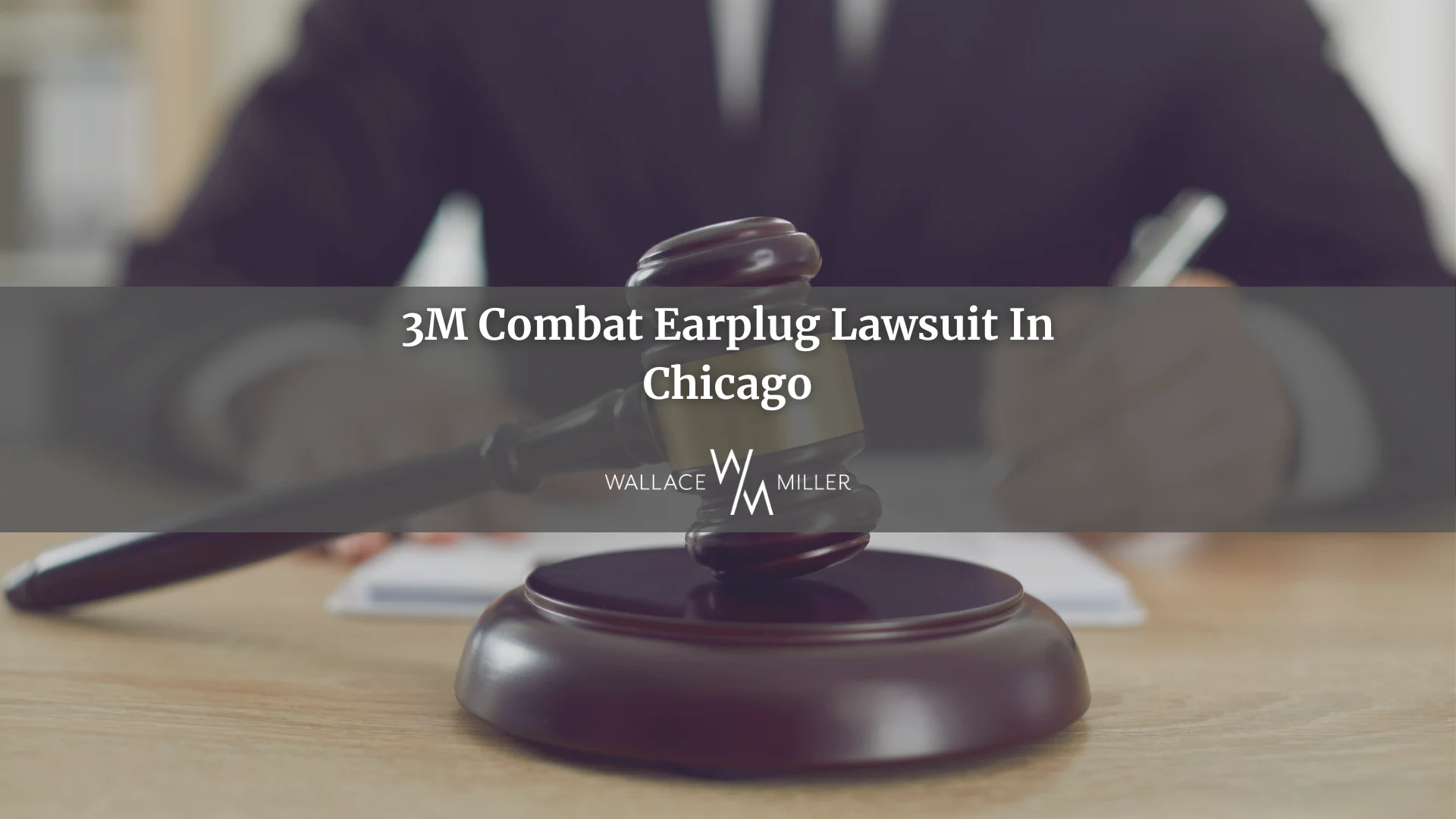
Investigating Hearing Loss Caused by 3M Earplugs
Case: In Re: 3M Combat Arms Earplug Products Liability Litigation, Case Number 3:19-md-02885-MCR-GRJ
Court: United States District Court, Northern District of Florida
Hearing loss is the single most prevalent health issue affecting veterans and service members of the United States military. But while dangerous levels of sound are an unavoidable aspect of combat zones, hundreds of thousands of lawsuits allege that military personnel may have been needlessly exposed to significant hearing loss by using defective combat earplugs distributed by 3M.
Since a whistleblower lawsuit was settled by 3M in 2018, more than 250,000 service members and veterans have filed lawsuits against the company. The cases have been consolidated in the Northern District of Florida, making the litigation the single largest mass tort in U.S. history.
Our legal team is committed to fighting for justice for the brave individuals who served our country. We are proud to represent plaintiffs in the litigation against 3M.

The 3M headquarters are located in Maplewood, MN. Courtesy of Acroterion, CC BY-SA 4.0, via Wikimedia Commons.
As resolution of the litigation progresses, there are several important deadlines for our clients to be aware of:
- An initial deadline of September 12, 2023 has passed.
- In the upcoming months, all clients will be sent a registration form that they will need to fill out. That deadline is not yet set but will be updated on the website as soon as it is available.
If you have any questions or concerns about your potential 3M settlement, contact us at 708.967.6954 or ar@wallacemiller.com.
3M earplug lawsuit updates
August 2023 Update
As of August 29, 2023, 3M has agreed to pay $6.01 billion in a settlement for its ongoing hearing loss litigation. The company has been sued by hundreds of thousands of veterans and service members who claim that the company’s faulty earplugs led to permanent hearing damage.
More than 200,000 individuals who have filed lawsuits against 3M may be eligible for the settlement, which will be paid out between 2023 and 2029. Plaintiffs will have the opportunity to decide whether or not to take part in the settlement, but the global resolution will only be successful if there is significant participation.
3M previously attempted to declare bankruptcy on behalf of a subsidiary in order to shift the process to bankruptcy courts, but the petition was denied by a federal judge in June. While 3M continues to deny liability, this settlement is a crucial step forward in achieving justice for those harmed through use of its defective earplugs.
This content was reviewed by Jessica Wieczorkiewicz.
June 12, 2023: Aearo Technologies, a wholly owned subsidiary of 3M, has filed an appeal in an appellate court for the dismissal of its bankruptcy case. The Eleventh Circuit Court will oversee the proceedings.
June 2023: Aearo’s bankruptcy effort failed after being rejected by U.S. Bankruptcy Court Judge Jeffrey Graham.
February 2023: Lawyers ask U.S. Bankruptcy Judge Jeffrey Graham to dismiss Chapter 11 bankruptcy filed by Aearo Technologies.
December 2022: 3M received an official sanction from U.S. District Judge M. Casey Rodgers for abusing bankruptcy proceedings to avoid financial responsibility.
October 2022: 3M subsidiary Aearo Technologies files for Chapter 11 bankruptcy protection.
September 2022: Settlement talks begin on the 3M earplug lawsuit, but stall after mediation.
April 2021: The first bellwether cases in the 3M lawsuit went before a jury in the U.S. District Court for the Northern District of Florida.
July 2020: Federal Judge Rodgers has ruled to disallow the “government contractor defense” that would have protected 3M from liability for defects in products designed for the federal government.
April 2019: The lawsuits against 3M are consolidated in the Northern District of Florida under Judge M. Casey Rodgers.
July 2018: 3M agrees to pay $9.1 million to the Department of Defense to settle a whistleblower claim alleging that their combat earplugs did not adequately protect against noise.
The history of 3M combat earplugs
The story of 3M’s combat earplugs begins in 1997, when the U.S. Army met with Aearo Technologies, a global leader in the hearing protection market. They discussed the development of a groundbreaking new earplug that would offer protection while allowing soldiers to hear commands, even in combat zones. The initial model developed by Aearo was designed to be dual-purpose: wearing them with the yellow end inserted would allow sounds such as speech to be heard while blocking out dangerously loud combat noise, while wearing them with the olive end inserted would completely block all sound, providing protection from damaging sounds like gunfire. This function was based on a special filter between the two sides that was supposed to prevent harmful levels of sound from reaching the ear canal.

The combat ear plugs featured a yellow end and an olive end. Photograph by Lance Cpl. Josh Cox, Public domain, via Wikimedia Commons.
However, this model turned out to be too long for the standard-issue Army carrying case and sometimes interfered with the fit of soldiers’ helmets. In 1999, the Army instructed Aearo to shorten the plugs, and the first Combat Arms Earplugs, Version 2 (CAEv2) were shipped to the military later that year.
Tests conducted by Aearo Technologies in 2000 showed that the earplugs were far below the criteria they would need to meet to work effectively in a combat zone. The Noise Reduction Rating (NRR) required for the olive end was between 25 and 40, while the NRR required for the yellow end was between 0 and 25. After initial tests showed that the olive end only reached an NRR of 11, significantly below the rating that was needed, Aearo ended the tests prematurely.
Further testing revealed that the new length of the earplugs was too short to filter out harmful sound. To compensate for this, in a second round of tests, Aearo researchers pulled back the “flanges” or circular ridges of the yellow end, which lengthened the earplugs and allowed for a more consistent and deeper fit. On tests with the flanges pulled back, the olive end reached an NRR of 22. However, the yellow end reported an NRR of -2, meaning that it actually amplified sound. Aearo reported this score as a 0, and these numbers were sent to the military and shared in marketing materials.
The Army claims that the report including the rolled-back flanges was never shared. However, 3M asserts that they sent the report to the military and that it was the military’s responsibility to communicate fit requirements.
The Dual-Ended Combat Arms Earplugs were sold to U.S. troops and used from 2003 to 2015. They became standard issue and were supplied to thousands of service members deployed to Iraq and Afghanistan during this period.
In 2008, 3M bought Aearo Technologies for $1.2 billion. The company was folded into 3M as a wholly owned subsidiary in 2010. According to reporting by the Star Tribune, Aearo and 3M made over $30 million from the earplugs between 1999 and 2009, mostly in the four years from 2004 to 2008. In a deposition, the company’s marketing manager stated that the earplugs cost 85 cents to make and were sold to the military for $7.63.

Photograph by Pixabay.
What happened with 3M earplugs?
The plaintiffs in the hearing loss litigations claim that Aearo and 3M knowingly produced defective earplugs. Due to the altered design of the second version, they were too short to be inserted properly in some wearers’ ear canals. As a result, they could loosen without the wearers realizing and let in dangerous levels of noise. Although Aearo folded back the flanges during testing in order to achieve a better fit, lawsuits filed by veterans and service members assert that they were never instructed to do so.
3M claims that when the earplugs are properly fitted and used as instructed, they successfully protect service members’ hearing, and that any failure of the products is the result of individuals not wearing them properly. According to statements from 3M, third-party labs including the Army Research Lab, the Air Force Research Lab, and NIOSH have tested the products and determined that they are safe and effective.
The company also asserts that as it worked closely with the military to develop the earplugs and the military approved the designs, it should be legally protected as a government contractor. However, this “government contractor defense” was recently rejected by a judge on the grounds that there was no written contract between the military and Aearo or 3M regarding the design and manufacture of the earplugs.
What are the injury claims?
Hearing loss and tinnitus are by far the most common service-linked disability among veterans and have long been a significant problem for the U.S. Department of Defense. Symptoms can include buzzing or ringing sounds, difficulty understanding what someone is saying, and difficulty hearing someone three or fewer feet away.
These conditions can make it harder for veterans and service members to connect with their families and enjoy life. Although surgery, medication, and devices like hearing aids can often help with hearing damage, hearing loss can be permanent. More than 5 million veterans received disability compensation for hearing loss in 2020.
Hearing loss is divided into several types:
Conductive hearing loss: Hearing loss resulting from damage to the eardrum or the middle ear structures. It is often reversible through medication or surgery.
Sensorineural hearing loss: Hearing loss resulting from damage to the inner ear and auditory nerve. While this form of hearing damage is permanent, it can be mitigated with hearing aids.
Auditory processing disorder: Individuals with auditory processing disorder score normally on hearing tests but struggle to understand speech. In veterans and service members, this condition is often associated with blast exposure.
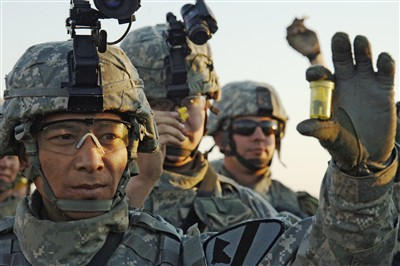
Soldiers show their combat earplugs during a pre-combat check in Iraq in 2007. Photograph courtesy of the Department of Defense website.
Tinnitus is another common condition in veterans and service members. It is often diagnosed with hearing loss and traumatic brain injury, and has been linked to a number of mental health problems. Individuals with tinnitus are more likely to test positive for post-traumatic stress disorder (PTSD), depression, and anxiety and are more likely to suffer from substance use disorders. And the rates of tinnitus in active-duty service members have increased significantly in recent years. Between 2001 to 2015, the number of service members suffering from tinnitus more than tripled. As of 2020, there were more than 2.3 million veterans receiving disability compensation for tinnitus.
A 2017 study published in the journal Hearing Research found that amongst Iraq and Afghanistan veterans, 7.8% were diagnosed with hearing loss, 6.5% were diagnosed with tinnitus, and 6.2% were diagnosed with both conditions. Older males and white individuals were more likely to experience hearing damage than other groups.
What is the 3M Combat Arms Earplugs lawsuit?
Moldex-Metric, Inc., one of 3M’s primary competitors in hearing protection, filed a whistleblower (or qui tam) lawsuit against 3M in 2016. Moldex-Metric alleged that 3M and Aearo Technologies violated the False Claims Act by knowingly selling CAEv2 earplugs that contained a critical design defect to the Army. According to the lawsuit, the earplugs were too short to fit properly in some soldiers’ ears. In addition, the lawsuit alleged that Aearo, and subsequently 3M, had known about this defect since 2000 and did not disclose this information to the military.
The lawsuit also accused 3M and Aearo Technologies of manipulating test results in order to make the CAEv2 earplugs appear to meet government standards. Ultimately, the suit made three charges: that 3M knowingly committed fraud against the U.S. military, failed to warn military members of the earplugs’ defects, and falsified test results.
In 2018, 3M agreed to a $9.1 million settlement with the U.S. government, in which the whistleblower received just over $1 million. The settlement contained no determinations of liability and 3M maintained that the allegations were false.
After the settlement with the Department of Defense was made public, veterans and service members began filing individual earplug lawsuits. These suits allege that wearing the defective earplugs, which were standard issue in Iraq and Afghanistan until 2015, led to hearing impairment, hearing loss, and tinnitus for the plaintiffs.
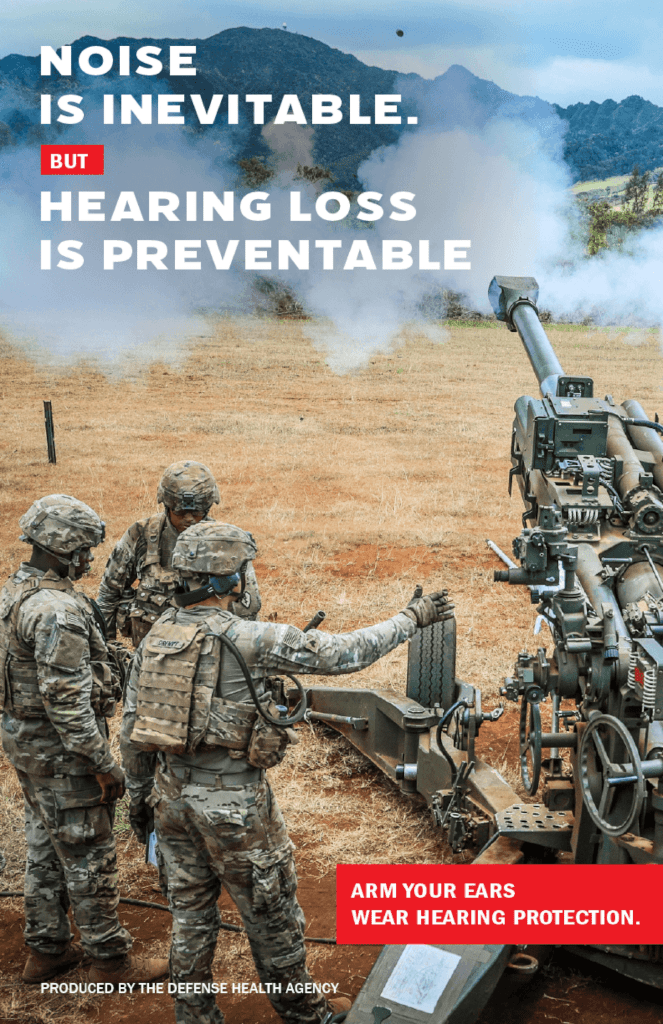
A poster produced by the Hearing Center of Excellence, part of the Department of Defense. CAEv2 earplugs were standard issue in the Army from 2003 to 2015. Photograph courtesy of the Hearing Center of Excellence website.
Consolidation, initial trials, and Aearo’s bankruptcy strategy
3M now faces more than 250,000 claims from law firms representing veterans and active service members alleging harm caused by their Dual-Ended Combat Arms Earplugs. According to reporting from Reuters, part of this expansion is due to the fact that many veterans are part of strong networks which enable word to spread quickly. And unlike similar cases involving defective products, it is relatively easy to determine who may be eligible for the 3M earplug lawsuit. The CAEv2 earplugs were widely used between 2001 and 2015, and more than two million service members were deployed during that time. These service members are likely to know whether or not they used Combat Arms earplugs during their deployments.
In April 2019, the Judicial Panel on Multidistrict Litigation (JPML) consolidated the earplug litigations—then numbering fewer than 700—in the U.S. District Court for Northern Florida under Judge M. Casey Rodgers. Multidistrict litigation (MDL) is a mechanism by which many cases filed against the same defendant or group of defendants can be bundled together to determine shared facts and resolve issues common to all plaintiffs (read more about mass torts and multidistrict litigation on our website).
3M initially argued that it should be protected from litigation because it worked with the federal government, a strategy known as the “government contractor defense.” This defense protects contractors from liability for products made for the government under their specifications. However, Judge Rodgers ruled in July 2020 that she would not allow this defense because there had never been a written contract between Aearo/3M and the military regarding the earplugs’ design and manufacture.
The first bellwether trials—trials set up to act as representative cases for the overall direction of the litigation—went before a jury in April 2021. As of July 2023, 16 bellwethers have gone forward, with 10 decided in favor of the plaintiffs and 6 decided in favor of the defense.
Across the 10 trials that were decided in favor of the plaintiffs, the claimants were awarded almost $300 million by the juries. However, 3M has repeatedly appealed the judgments and settlement talks have stalled despite court-ordered mediation.

The 3M Administration Building in St. Paul, Minnesota. Photograph by McGhiever, CC BY-SA 4.0, via Wikimedia Commons.
In October 2022, a few months after the first round of bellwethers, Aearo Technologies unexpectedly filed for Chapter 11 bankruptcy in an Indiana court. Filing bankruptcy immediately freezes any litigation against a company—which, for Aearo, included the earplug lawsuits. 3M then tried to extend that litigation freeze to itself as the parent company. If the bankruptcy filing had gone forward, it would have allowed the litigations to settle in bankruptcy court, likely for lower amounts.
However, in December 2022 Judge Rodgers sanctioned 3M for its attempt to divert the multidistrict litigation (MDL) into the bankruptcy courts. In an official statement, she wrote that in four years of litigation, 3M had never indicated that its subsidiary, Aearo Technologies, bore any of the blame for the defective earplugs—then abruptly filed bankruptcy for the company in order to shift responsibility and obtain a stay of litigation. Judge Rodgers wrote:
“The findings clearly demonstrate a deliberate and continuous course of conduct and statements … successfully orchestrated by 3M to establish itself as the party responsible for alleged CAEv2 claims. 3M’s assertions were either knowingly false at the time, or, instead, and much more likely the case, regrettable truths that became incompatible with their bankruptcy strategy. Either way, 3M’s attempt to renege on those positions now, and its duplicitous motives and mode of doing so, are beyond the pale of acceptable litigation conduct and reflect a flagrant contempt for this court and the MDL process.”
Plaintiff lawyers asked to dismiss the bankruptcy claim in February 2022. U.S. Bankruptcy Judge Jeffrey Graham granted their request in a bankruptcy court decision June 2023 on the grounds that Aearo was not in legitimate financial distress. Judge Graham wrote in a statement:
“Based on the record before it, the Court cannot conclude that the Aearo Entities’ cases serve a valid reorganization purpose. In reaching that conclusion, the Court first finds that Aearo has been, and currently is, financially healthy. Its sales have increased over the last few years, notwithstanding the MDL. … Aearo remains a small, profitable enterprise.”
Judge Graham ruled that while the court does not fault Aearo for the “gambit,” the company does not qualify for Chapter 11 bankruptcy protection. The bankruptcy ruling will likely increase the pressure for settlement, as it decreases 3M’s other options for resolution.
The litigation has now dragged on for more than four years. Per a Bloomberg report, 3M had spent more than $450 million in defense costs as of the beginning of 2023. Should the company settle, the estimated cost of the litigation is approximately $7 billion. 3M’s 2022 revenues came in at $34 billion according to the Wall Street Journal.
3M earplug lawsuits: Frequently asked questions
Which earplugs are involved in the 3M lawsuit?

The Dual-Ended Combat Arms Earplugs, Version 2. Photograph by Lance Cpl. Josh Cox, Public domain, via Wikimedia Commons.
The 3M earplug litigations are specifically focused on the Dual-Ended Combat Arms Earplugs, Version 2, also known as CAEv2. They were manufactured by 3M and Aearo and were standard issue between 2003 and their discontinuation in 2015.
The earplugs were considered groundbreaking due to their double-ended design. The olive end was meant to block out all sound, while the yellow end would block out dangerously loud noise levels while allowing speech to be heard.
Is there still time to file a lawsuit against 3M?
As of August 2023, 3M has proposed a settlement in the combat arms earplugs litigation.
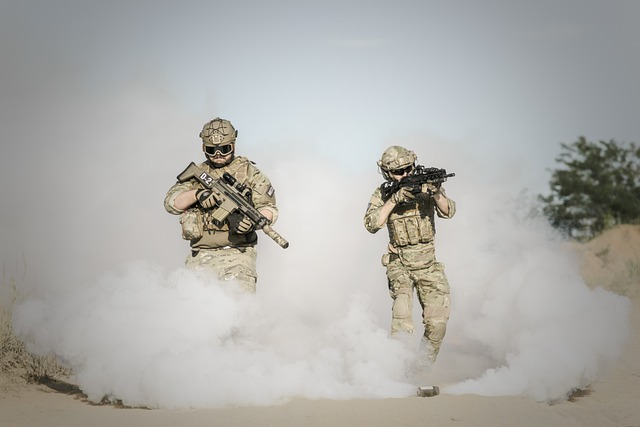
Photograph by Pixabay.
How much is a 3M lawsuit settlement?
In any litigation, there is no guarantee of a settlement or jury verdict in your favor. However, the bellwether trial process can help both the plaintiff and the defense counsel to evaluate the strengths and weaknesses of the case. During this process of jury trials, both parties can test the legal theories and injuries involved in the case in front of a jury.
If the plaintiff wins, it provides them with an assessment of how much the case may be worth. From there, factors specific to the individual plaintiff’s case, such as medical history, related conditions, and the amount and type of product use, may influence the settlement negotiations and offer amount. Although bellwether trials can help our attorneys determine the typical settlement for representative cases, it is important to remember that this is only a prediction, not a guarantee.
Since this is a mass tort and not a class action, if a global settlement is eventually reached, the amount each plaintiff receives will depend on their situation. Global settlements—or settlements that apply to multiple plaintiffs—are often overseen by a third-party claims administrator and divided up into tiers. The plaintiffs in these tiers will receive different set amounts typically based on the type and severity of injury they suffered.
The plaintiffs whose cases have been tried in the 3M earplug lawsuit so far have been awarded more than $30 million collectively, with individual award amounts as high as $22 million. These compensation amounts can account for many factors, including lost earnings, medical expenses, pain and suffering, and diminished quality of life. They can also include punitive damages, which are designed to punish the company and prevent future wrongdoing.
Our lawyers are committed to fighting for the best possible outcome for all plaintiffs involved. We will work with you throughout the process to keep you informed about case updates, including the likelihood of a settlement and your potential award amount.
How much does it cost to participate in a multidistrict litigation like the 3M earplugs lawsuit?
There is no fee to file a 3M earplug lawsuit with Wallace Miller unless we win your case. Our firm relies entirely on the settlement amounts of successful cases to pay our operation fees, so there are no out-of-pocket costs for our clients.
Wallace Miller: Your 3M hearing damage law firm
Wallace Miller is proud to represent individuals who suffer from hearing loss and tinnitus as a result of using 3M and Aearo Technologies’ defective combat earplugs. Our law firm is focused on protecting the victims of negligence and fraud through consumer protection, product liability, employment, environmental and toxic harm, and personal injury litigation.
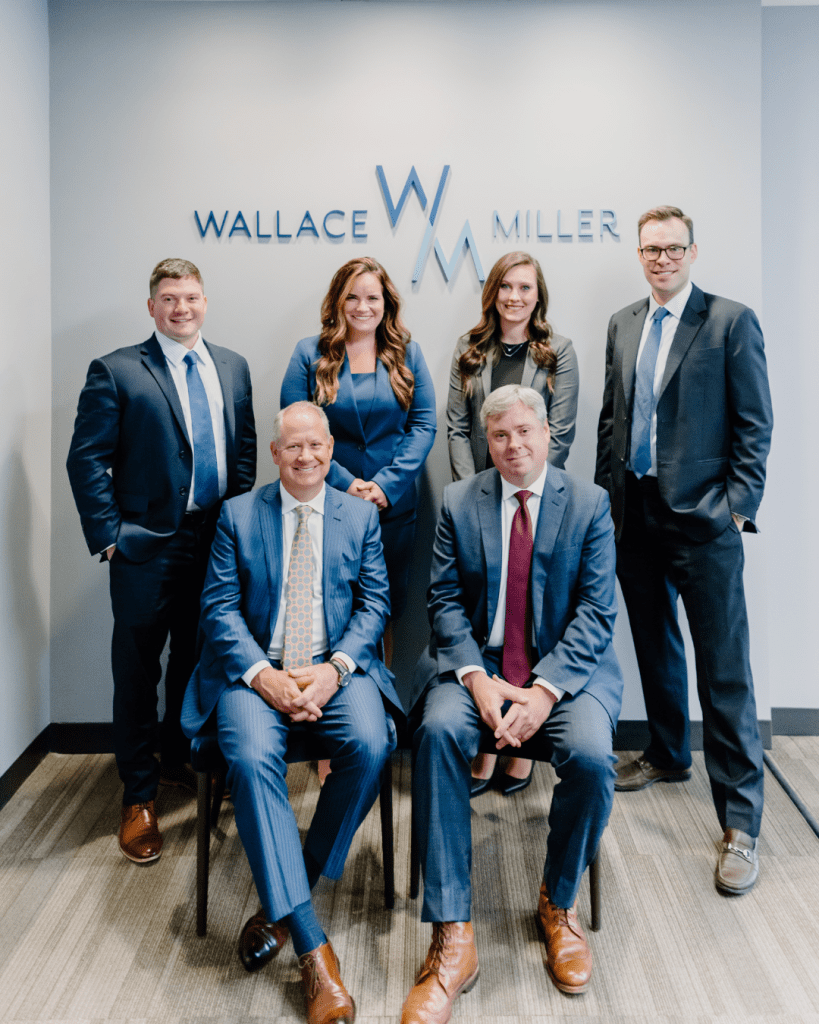
Left to right: Nicholas P. Kelly, Edward A. Wallace, Molly Condon Wells, Mark R. Miller, Jessica Wieczorkiewicz, Timothy E. Jackson.
What sets Wallace Miller apart from other firms is our commitment to our clients, our ability to handle complex high-stakes litigation, and our outstanding track record of success. We only take on cases that our firm has faith in—those that can make a difference in our clients’ lives.
If you have questions about the 3M combat arms earplugs litigation, we can be reached at 312-261-6193 or via our online questionnaire.

